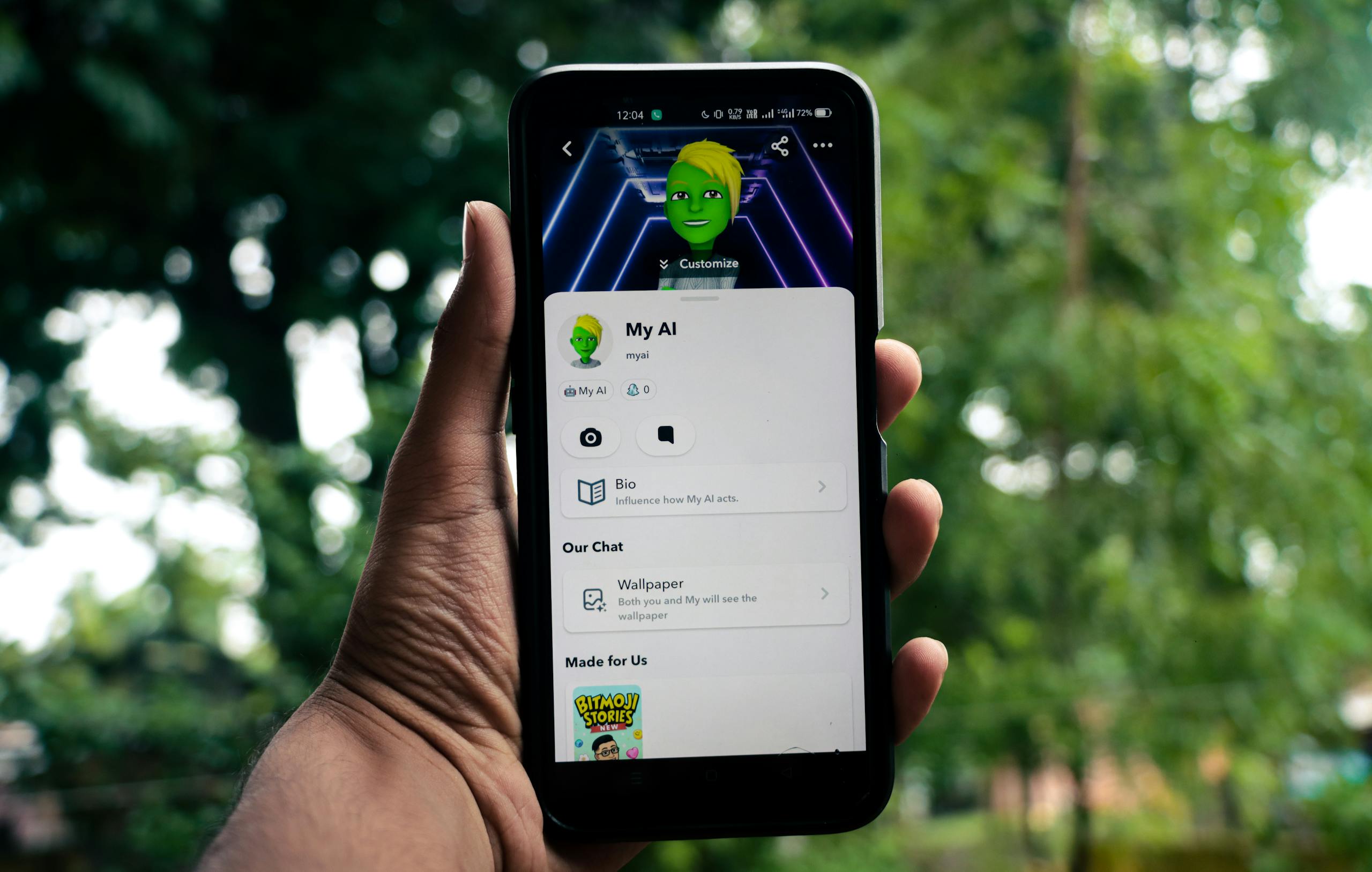7 Insights on Social Communication in the Age of AI : Are We Closer or Further Apart? 🤖📱
In 2025, artificial intelligence is no longer just a futuristic dream — it’s the reality we live in every single day. From virtual assistants that schedule our lives to algorithms that decide what we see on social media, AI is deeply embedded in how we communicate. But here’s the big question: are we actually connecting more — or are we drifting apart behind our screens? 🤖📱
Social communication is the foundation of human society. It’s how we express emotions, build relationships, and make sense of the world. But with AI evolving faster than we can blink, it’s crucial to step back and examine its impact on the way we talk, share, and connect.
In this blog post, we’ll dive into 7 powerful insights on how artificial intelligence is reshaping our social interactions. Whether you’re an entrepreneur, a student, or someone fascinated by tech and culture, these insights will help you understand what’s really going on — and what’s coming next. 🌐
Let’s explore whether AI is pulling us closer together or building invisible walls between us.
1. AI Filters Are Shaping Conversations in Real-Time
Think about how often you interact through apps that use AI — like Instagram, Snapchat, or TikTok. Every time you use a filter, speech-to-text, or translation tool, AI is mediating your communication. It’s not just enhancing how we look or sound — it’s changing how we express ourselves.
These subtle modifications often lead to curated, inauthentic versions of our real emotions. As a result, we’re sometimes more focused on how we present ourselves than on connecting genuinely with others.
Check out this WhatsApp channel for learning Dutch where language meets real-time AI tools — a perfect example of technology helping (or hindering) connection.
2. AI Chatbots Are Becoming Social Companions
From Replika to ChatGPT, AI chatbots are becoming more than tools — they’re turning into digital companions. Some people even report forming emotional bonds with these bots. While this might help with loneliness, it also raises serious questions about replacing human connection with machine simulation.
According to a Forbes report, 35% of Gen Z users have had emotional conversations with AI chatbots. Are we redefining intimacy?
3. Social Media Algorithms Amplify Echo Chambers
AI decides what content you see — and what you don’t. Platforms like Facebook, X (formerly Twitter), and TikTok use machine learning to deliver content tailored to your interests. But this also means you’re stuck in a bubble, rarely exposed to different viewpoints.
Communication becomes less diverse, and more polarized — a dangerous trend for democracy and cultural understanding. If we only hear what we already believe, can we ever really connect with others who are different?
Want to break your bubble? Join our WhatsApp community to engage in open discussions and share ideas across cultures!
4. Real Conversations Are Declining
While digital communication is booming, face-to-face interaction is declining. A study from MIT showed that empathy levels have dropped by 40% over the past two decades — partly due to technology.
AI-powered communication often lacks the nuances of human interaction: tone, facial expressions, and emotional context. Voice notes and video calls are convenient, but nothing replaces the power of a genuine, real-world conversation.
5. AI and Language: From Barriers to Bridges
One of AI’s most beautiful impacts is breaking language barriers. With tools like real-time translation, AI helps people from different parts of the world understand each other instantly. 🌍
6. Emotional AI: Reading (and Faking) Our Feelings
AI systems are now capable of reading emotions based on voice, facial expression, and even typing speed. This is used in customer service, mental health apps, and even dating platforms. But can a machine truly understand what we feel?
More importantly, emotional AI can be used to manipulate. If a bot knows when you’re sad, could it push content or products to capitalize on your vulnerability?
7. The Future: A Hybrid Model of Human + AI Communication
We’re not going back to a pre-AI world — and we shouldn’t. The challenge is finding a healthy balance between digital efficiency and emotional authenticity. In the future, the most powerful communicators will be those who use AI to enhance, not replace, real connection.
From business meetings to romantic relationships, the blend of human empathy and AI-powered tools will define how we connect in this new era.
Want more ideas like this? Follow us on TikTok for daily insights on tech, fashion, and human behavior.
Conclusion
Artificial intelligence is transforming how we communicate — there’s no denying it. But whether it brings us closer or further apart depends on how we use it. With the right awareness, we can leverage AI to build deeper, more meaningful connections instead of letting it isolate us.
So, next time you open an app, send a message, or chat with a bot — ask yourself: Am I really connecting? Or am I just being processed by an algorithm?
Join the conversation and shape the future of human communication. Click here to join our WhatsApp community today!


